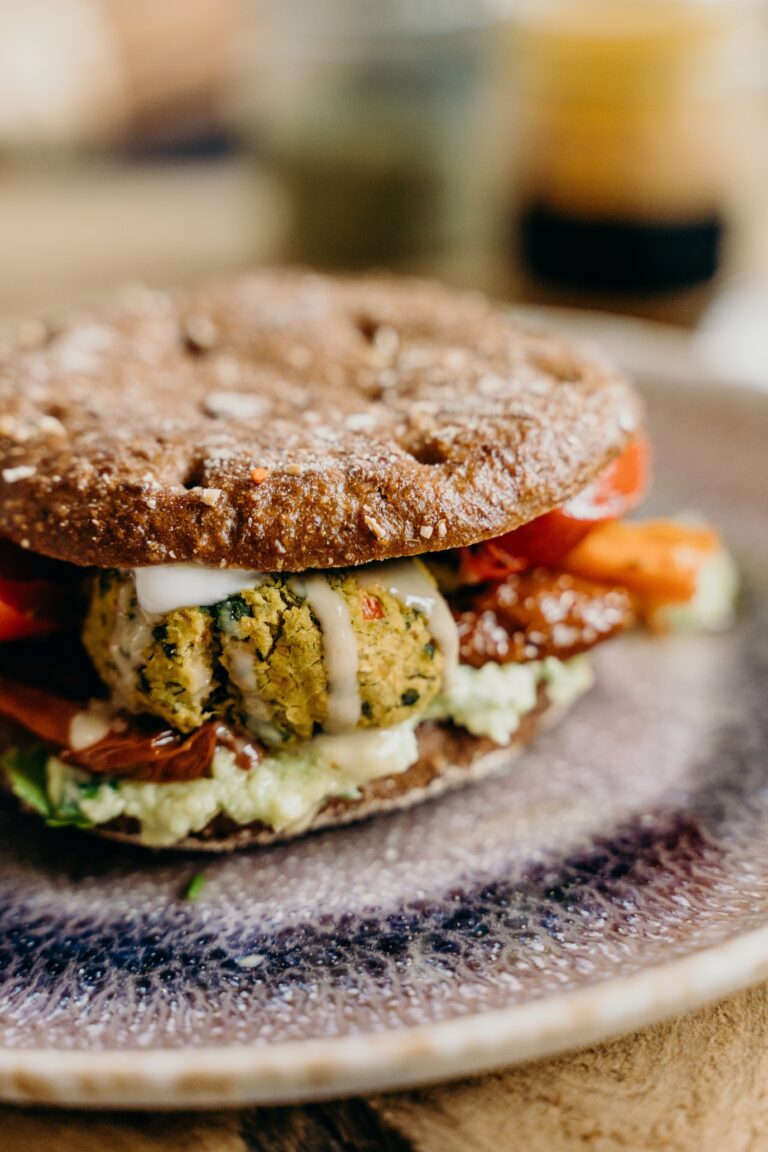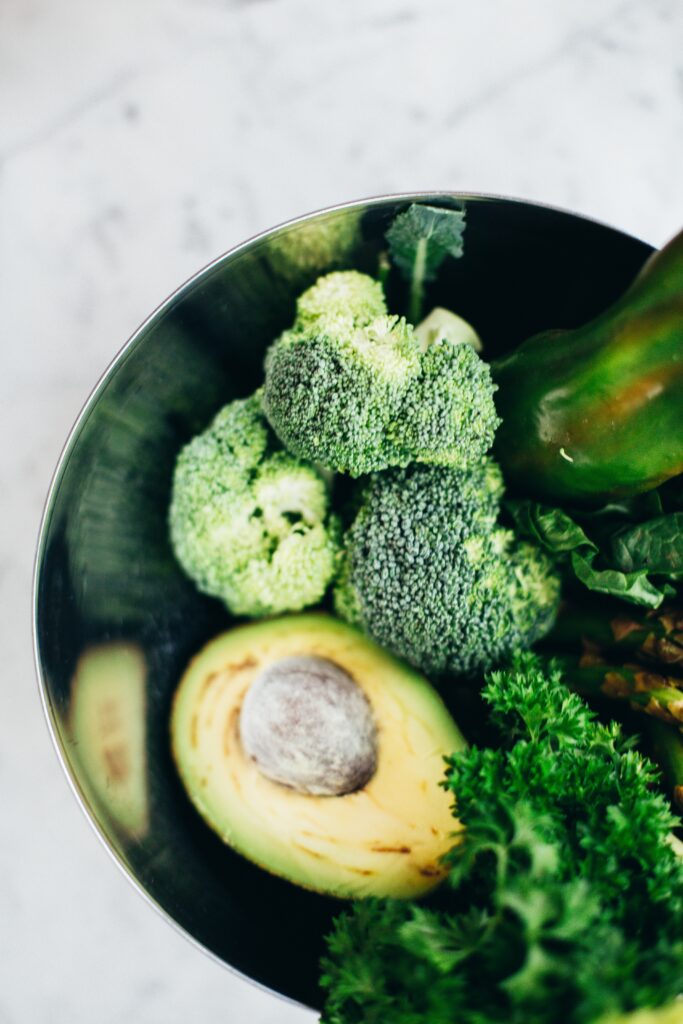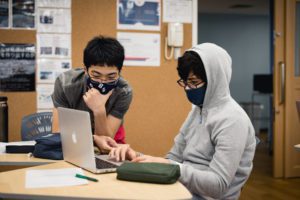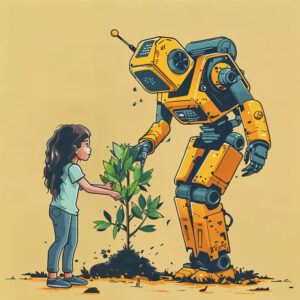
Measurements of Success in Sports & Studies
You may have seen the new Netflix documentary ‘Beckham’, about one of England’s most well-known footballers. Near the start, Beckham talks about his school days


Arinobu is a DP-MYP Japanese teacher. He taught Japanese in Korea for 7 years and has been teaching Japanese in IB schools in Japan for 6 years. He likes to watch movies and visit museums without any prior information, and enjoys expanding his knowledge by encountering the unexpected.



Currently, we are conducting classes on the theme of “food” in Japanese classes for 7th and 8th graders. The act of eating is a universal act for all human beings, rather than for all animals, but the way of eating habits varies depending on the region and culture, and the act of eating is “Who we?” are) ”.
With the progress of globalization, we are now able to experience the standardization of eating habits such as fast food and soft drinks, while enjoying the diverse food cultures nurtured around the world. became.
When I was a kid (1980s), spaghetti was only minced meat sauce and napolitan. I think it wasn’t until the bubble economy that the variety of this dish increased with the name “pasta”.
Anyway, there is no doubt that the food culture and eating habits have diversified in Japan compared to those days. With so many “food” options, it’s hard to confidently imagine what kind of eating habits people around you are spending their days.
In the class mentioned above, we asked the students whether breakfast, lunch, and dinner were separated and each meal emphasized taste, appearance, nutrition, and quantity. There are various answers, and I realized that what I think is common sense is not really common sense.
By the way, in recent years, there has been a movement to urge such a dietary habit to be reviewed from the viewpoint of environmental protection. It’s “meat”. As meat consumption increases worldwide, meat production will reach its limit in terms of environmental impact. Therefore, the movement to use plant-derived “alternative meats” is spreading. Research on “cultured meat”, which is made by proliferating cells, is also in progress. In particular, some people may have already said about “alternative meat” at vegan food specialty stores.
The number of people who eat “meat substitutes” as one of the various dietary options will increase in the future. However, if we do not review the behavior of mass production and mass consumption that caused meat to be a problem, “meat substitutes” may follow the same fate as meat. What kind of “connection” does our eating habits and culture have with the environment? Even in the 7th and 8th grade classes, I would like to bring it to the point where the students will notice it.

You may have seen the new Netflix documentary ‘Beckham’, about one of England’s most well-known footballers. Near the start, Beckham talks about his school days

Students who are eligible for Grades 10 or 11 in August 2023 are invited to take the 2022 Scholarship Exam. This exam is the first step to potentially receiving the OYIS Achievement Award.

As the summer break comes to an end, I have found myself unconsciously reflecting on how I spent these last few weeks. I think I

Osaka YMCA International School is hosting a professional learning event on Saturday, February 8, 2025. The focus of the sessions will be Rethinking Assessments, broken

Since November 2022 when ChatGPT was released to the world, it’s seemed that AI has been everywhere in the news. Since then, AI has become

Celebrating Our Teachers: 5 Educators Earn SENIA Level 1 Certification! We are excited to announce that five of our dedicated teachers have recently completed their
Click here to start your application
Sign in Here
Osaka YMCA International School – Copyright 2025